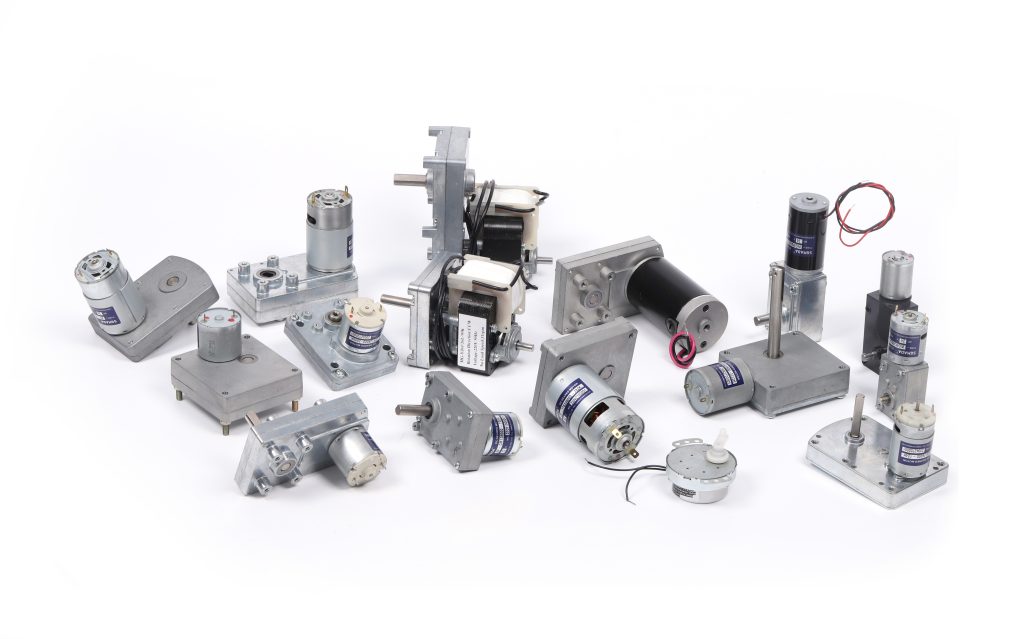Mobile:+86-311-808-126-83
Email:info@ydcastings.com
die casting alloy
Die Casting Alloys An Overview
Die casting is a manufacturing process that involves forcing molten metal into a mold cavity. This method is widely employed in the production of complex shapes with high precision, making it a popular choice in various industries, including automotive, aerospace, electronics, and consumer goods. The success of die casting largely depends on the type of alloy used, which influences the properties of the final product. This article provides an overview of the most commonly used die casting alloys, their characteristics, and their applications.
One of the most prevalent alloys used in die casting is aluminum. Aluminum alloys are prized for their lightweight nature, excellent corrosion resistance, and good mechanical properties. They are often chosen for applications where weight savings are critical, such as in automotive and aerospace components. The most commonly used aluminum alloys in die casting include A380, A383, and A384. Each of these alloys has unique properties, making them suitable for different applications. For example, A380 alloy is known for its good fluidity and high strength-to-weight ratio, while A383 is favored for its enhanced corrosion resistance.
Another widely used alloy in die casting is zinc. Zinc alloys are particularly advantageous for parts that require good dimensional stability and strength. The most common zinc alloy for die casting is Zamak, which consists of zinc combined with small amounts of aluminum, magnesium, and copper. Zamak alloys are known for their high ductility, excellent finishing capabilities, and resistance to corrosion. They are often used in the production of intricate and complex parts, such as fasteners, gears, and ornamental fittings.
die casting alloy

Magnesium is another alloy used in die casting, albeit less frequently than aluminum and zinc. Magnesium alloys are favored for their incredibly low density and high strength, making them suitable for applications that require lightweight components. Their unique properties make them an attractive choice for industries that focus on performance, such as aerospace and automotive manufacturing. However, magnesium's susceptibility to corrosion can be a limiting factor, which necessitates the application of protective coatings in many cases.
Copper alloys, though not as commonly used as aluminum or zinc, also find their place in die casting. Copper-based alloys exhibit excellent thermal and electrical conductivity, making them essential for applications involving electrical components. However, their higher melting point and cost limit their widespread use compared to aluminum and zinc alloys.
In addition to these primary alloys, there are also specialized die casting alloys, such as low melting point alloys like bismuth and indium-based compositions. These alloys are used for specific applications where traditional alloys may not perform adequately.
In summary, die casting alloys play a crucial role in determining the properties and performance of die-cast products. Aluminum, zinc, magnesium, and copper are among the most commonly utilized alloys, each offering unique benefits suited for various applications. As manufacturing technology evolves, advancements in alloy development will continue to enhance the die casting process, leading to even better performance and efficiency in a wide range of industries. Understanding the characteristics of die casting alloys is vital for manufacturers seeking to optimize their production processes and deliver high-quality products to their customers.
-
What Makes Stainless Steel Pump Casting Essential for Modern Industries?NewsJul.14,2025
-
Revolutionize Your Engine Maintenance with Premium Aluminum and Cast Iron ComponentsNewsJul.14,2025
-
Precision Flow Engineering Starts with the Right Pump ComponentsNewsJul.14,2025
-
Maximize Efficiency: Explore Reliable Containment and Crop SolutionsNewsJul.14,2025
-
Discover Superior Performance with Advanced Turbo ComponentsNewsJul.14,2025
-
Boost Fluid Dynamics with Precision-Engineered Pump ComponentsNewsJul.14,2025











